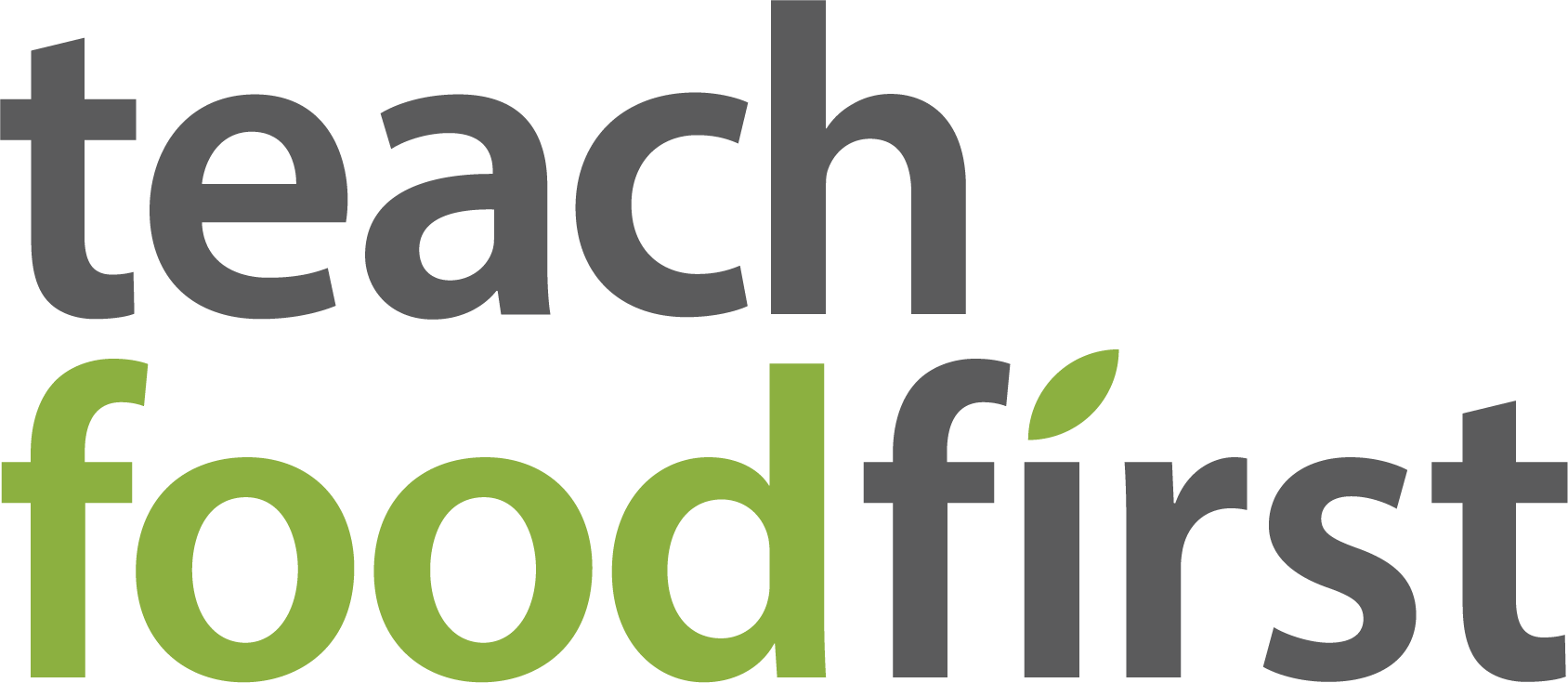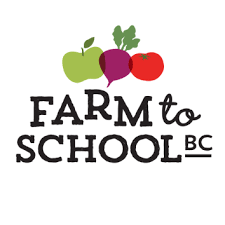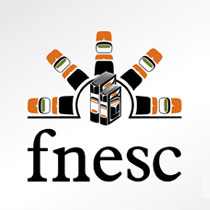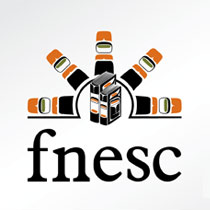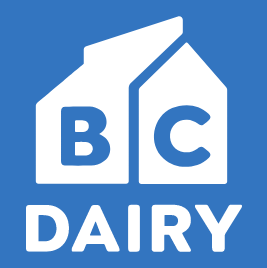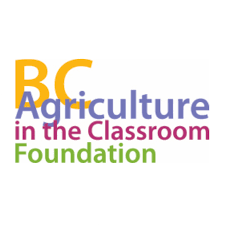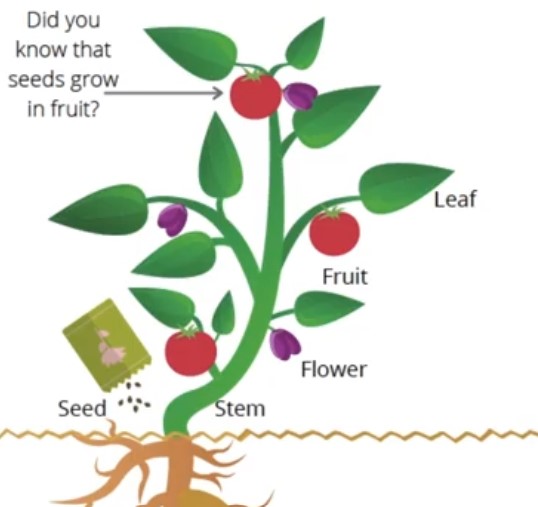Lesson Plans and Activities for Teaching
Canada’s Food Guide
Check out the Guiding Principles!
If you are new to our site, take a moment to read through the Guiding Principles before using the lessons.
If you are new to our site, take a moment to read through the Guiding Principles before using the lessons.
